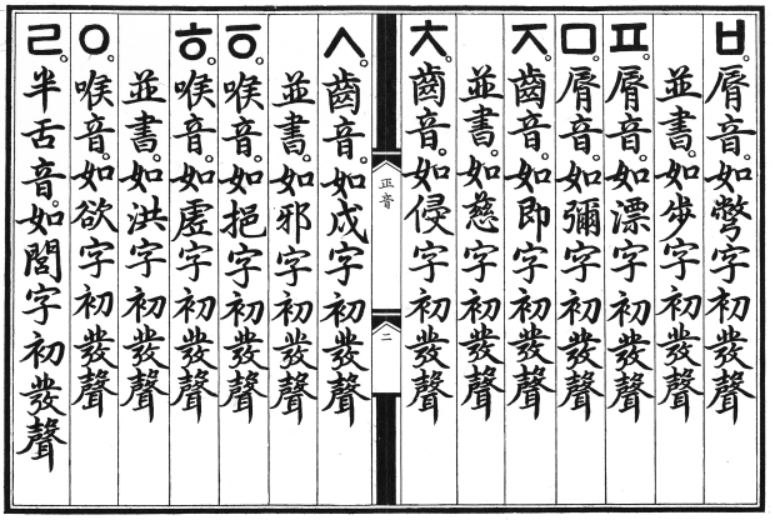
Leaving old posts up here. I’ll be doing new posting over at Bluesky, look for zevhandel there. Check out my new book from @UWAPress at the link below.
2 subscribers
How to get URL link on X (Twitter) App


https://twitter.com/ZevHandel/status/1550475068933033984

 2/ Here’s the setup: The year is 3022, you’re a linguist, and you’ve stumbled across a precious document: a dictionary of Cantonese. The existence of the language was already known, but no direct documentary evidence was known to be extant: until now.
2/ Here’s the setup: The year is 3022, you’re a linguist, and you’ve stumbled across a precious document: a dictionary of Cantonese. The existence of the language was already known, but no direct documentary evidence was known to be extant: until now.https://twitter.com/ZevHandel/status/1550475068933033984

https://twitter.com/ZevHandel/status/15345152796442050642/ One of the great things about sharing these ideas on Twitter is that more knowledgeable people point out mistakes or provide additional information.


 2/ When I first learned that the Yālù River and the Amnok River were the same river, I assumed that these Mandarin and Korean names must be different, unrelated names.
2/ When I first learned that the Yālù River and the Amnok River were the same river, I assumed that these Mandarin and Korean names must be different, unrelated names.
 2/ The Chữ Nôm graph we’re going to seek to understand is 𢁋. (If the graph isn’t rendering for you properly: its structure is ⿱巴陵).
2/ The Chữ Nôm graph we’re going to seek to understand is 𢁋. (If the graph isn’t rendering for you properly: its structure is ⿱巴陵).

 Say, that makes me wonder: Why does Hangul alphabetical order start with ga-na-da ㄱ ㄴ ㄷ?
Say, that makes me wonder: Why does Hangul alphabetical order start with ga-na-da ㄱ ㄴ ㄷ?



 2/ These are the guys we're talking about:
2/ These are the guys we're talking about:https://twitter.com/JPRidgeway/status/1448921140341231662As far as I know there are no on-line tools that can help with this, you have to do it using your own brain.

 2/ We’ve been using the well-known Tang poem 送友人 Sòng yǒu rén by 李白 (701–762) (M. Lǐ Bái / Lǐ Bó, Cant. Lei5 Baak6) as an exemplar, and we’ll stick with it in this last installment.
2/ We’ve been using the well-known Tang poem 送友人 Sòng yǒu rén by 李白 (701–762) (M. Lǐ Bái / Lǐ Bó, Cant. Lei5 Baak6) as an exemplar, and we’ll stick with it in this last installment. 

https://twitter.com/ZevHandel/status/1424613117917425665)

 2/ I’m a linguist, so I find discussions of language and script inherently of interest. But they can also inform our understanding of many other humanistic aspects of our past, so in this next thread I’d like to offer a glimpse of the utility of my field for analyzing poetry.
2/ I’m a linguist, so I find discussions of language and script inherently of interest. But they can also inform our understanding of many other humanistic aspects of our past, so in this next thread I’d like to offer a glimpse of the utility of my field for analyzing poetry.
https://twitter.com/jianhuazi_bot2/status/1419479663915765761There's no doubt that writing five strokes takes less time than writing 24. So that's worth something, I suppose.

https://twitter.com/ZevHandel/status/1417696909033033734Just to switch things up, I’m going to *start* this thread with a digression. We’ll get back to this set of words later.
https://twitter.com/ZevHandel/status/1416973894125199366Here’s the example, and the point of it is just to show that when Cantonese speakers write in MSWC (書面語), it’s not just a matter of choosing more "literary" or "formal" vocabulary words. The grammar is different too. 2/


 I know! How about a thread on Written Cantonese? Yes, it’s the written language that is widely used by millions of people but largely invisible outside its community of users!
I know! How about a thread on Written Cantonese? Yes, it’s the written language that is widely used by millions of people but largely invisible outside its community of users!